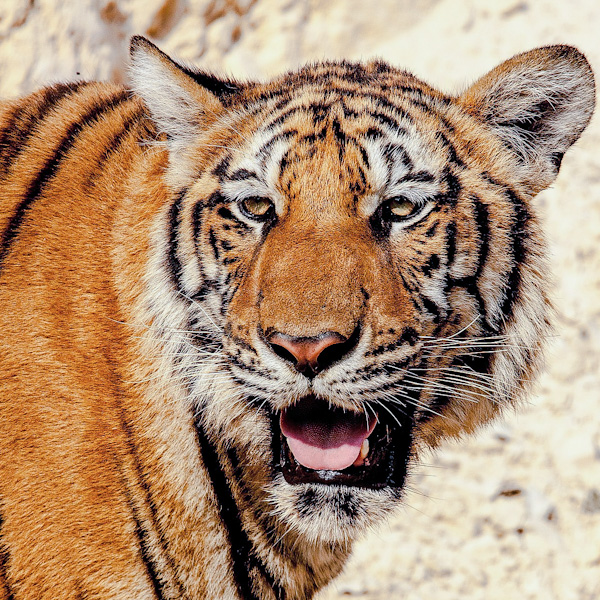Tiger, a symbol of humankind's deepest fears, desires and aspirations
Humankind has conflicting views about the tiger but perhaps they are the opposite sides of the same coin. The tiger is feared by virtually everyone on the planet because they are a powerful predator. They are the world's biggest cat and the top predator. They can be man-eaters when they come into conflict with farmers, for example, in the Sundarbans of Bangladesh. Although humans are not a prey animal of the tiger.
 |
| The tiger symbolised evil (yin) while the dragon symbolised good (yang). Image in the public domain. |
And yet, they are admired also by virtually everyone on the planet for their beauty, courage and strength. Their strength is legendary. And people want a bit of it and the way they achieve this is by creating hundreds of uses for various body parts of the tiger's body.
For example, the fat of the tiger is thought to be a tonic for rheumatism. It is prized as an aphrodisiac. The flesh of the tiger gives courage and strength to people who eat it.
The clavicle or the floating collarbone is believed to be a powerful charm against evil.
And if you eat the heart of a tiger, you acquire their strength, courage and cunning. And if the tiger's brain is mixed with oil and you rub it over your body you become energetic and oh, by the way, it cures acne!
I wonder if the fear of the tiger is also a factor here. When you fear something, you want to try and kill it to take away the fear. Humankind does have an almost manic desire to kill tigers unless of course you are a conservationist but those that want to kill the tiger to eat their body parts outnumber the conservationists who want to protect them.
In China, Pai Hu, the white tiger, represents autumn. It was believed to be a reincarnation of the tiger star, Alpha, and the Milky Way.
And according to I Ching, the tiger symbolised evil (yin) while the dragon symbolised good (yang).
Mystically speaking, in the words of N. Courtney in their Book The Tiger; Symbol of Freedom, "the tiger creates the wind and the breath of the Dragon creates the clouds; together they create the rain which fructifies the earth and brings forth food to mankind."
Fiona Sunquist in her book Wild Cats Of The World, the source of this information, states that the tiger is also a symbol of military power and strength.
Armies of soldiers in China went to battle dressed as tigers. Troops were issued with tiger charms to bring them courage. And in modern armies many regiments have adopted the tiger as an emblem. You will see tigers on crests, badges and coats of arms.
And also in China, they saw the tiger as a symbol of authority. Ambassadors were given a tiger stick (hu chieh). Magistrates, teachers and other important people and dignitaries sat on tiger skins.
And in the Hindu religion, the God of destruction and reincarnation, Shiva, is depicted wearing a tiger skin and also riding on a tiger.
Tigers have been gifts to emperors and kings and therefore they ended up in captivity in early menageries. They been kept in captivity in Western Europe since classical times.
The citizens of Athens were presented with tigers by King Seleucus I Nicator, who was a general under Alexander the great.
The first recorded captive Tiger in England, UK was owned by King Henry I in around 1120. The tiger was kept in a menagerie near Oxford.
And today, of course, many sports teams adopt the tiger perhaps in their name or in badges et cetera. And perhaps the greatest sportsman of the modern era, Tiger Woods was given the name of the tiger. It would seem that his name infused him with his indomitable desire to win.




Comments
Post a Comment
Please comment.